Monte Inwangsan (인왕산)
1.9Km 2025-06-13
Okin-dong, Jongno-gu, Seúl
En el monte Inwangsan pueden encontrarse la zona de los rituales del rey Taejo y Muhakdaesa y la muralla fortificada construida para delimitar Seúl, que une el Túnel Sajik con Jahamun. Muchas personas disfrutan de la ruta de senderismo que comienza en el Túnel Sajik y avanza hacia el pico de la montaña, para después caminar al lado de la muralla y llegar a Buam-dong. Esta ruta de senderismo también está conectada con la carretera situada ante Cheong Wa Dae, por lo que los excursionistas pueden ver lugares históricos como el camino Palpan, el camino Hyoja, y el palacio Gyeongbokgung. La ruta de senderismo que transcurre por detrás del Parque Sajik se dirige a Hwanghakjeong, donde los arqueros de la dinastía Joseon demostraban su destreza. Hwanghakjeong estaba originalmente ubicado en el palacio Gyeongbokgung, pero fue trasladado a la montaña. Desde la cumbre puede disfrutarse de una vista panorámica de los alrededores, con el palacio Gyeongbokgung en el centro, que se extiende hasta los montes Naksan, Namsan y Baegaksan.
La ruta que bordea la muralla es popular entre montañistas que buscan disfrutar del bonito paisaje. Al seguir el sendero dentro de la muralla, aparecerán una serie de peldaños de piedra al pasar Changuimun. Tras subir estos peldaños, el sendero se bifurca hacia la parte exterior de la muralla. El sendero se alarga por 200 metros, hasta unas rocas que fueron usadas para construir castillos en tiempos de los reyes Taejo, Sejong y Sukjong. El oscuro musgo de estas rocas indica la larga historia de Seúl. El sendero también lleva al castillo Tangchundae, construido para fortalecer las defensas de la capital tras la invasión japonesa de 1592 y las incursiones manchúes de 1636.
El monte Inwangsan se eleva hasta los 338 m de altitud, cubriendo Honghe-dong, de Seodaemun-gu, y Muak-dong, Nusang-dong, Ogin-dong y Buam-dong de Jongno-gu. Las colosales formaciones rocosas y vistas de Seúl y de Cheong Wa Dae son algunos de los grandes encantos de esta montaña.
Dongsung Sutbulgalbi (동숭숯불갈비)
1.9Km 2021-03-18
26, Daehak-ro, 9-gil, Jongno-gu, Seoul
+82-2-741-3451
This is a Korean cuisine located in Daehak-ro, Seoul. The best menu at this restaurant is grilled spareribs. A restaurant serving charcoal-grilled meat.
Centro de Arte ARKO (아르코미술관)
1.9Km 2023-08-07
Dongsung-gil 3, Jongno-gu, Seúl.
Seonggyungwan Gamjatang (성균관감자탕)
1.9Km 2021-03-19
37, Changgyeonggung-ro 29-gil, Jongno-gu, Seoul
+82-2-762-2170
Experience gamjatang (pork back-bone stew), one of Korea’s representative stews. The best menu at this restaurant is pork back-bone hot pot. This is a Korean cuisine located in Changdeokgung Palace, Seoul.
Salón de Té The Ssanghwa COFFEE (더쌍화coffee)
1.9Km 2023-11-03
Jong-ro 252-3, Jongno-gu, Seúl
Darakjeong (다락정)
1.9Km 2021-03-26
131-1, Samcheong-ro, Jongno-gu, Seoul
+82-2-725-1697
Darakjeong has been popular for a long time because of the simple taste of its traditional Mandu (Korean stuffed dumpling). Since its opening in 1991, tasty soup and scrumptious Mandu have been served. A fist-sized Mandu is fully packed with seasoned meat, bean-curd, and various vegetables. Its thick dough makes it chewy and delightful. For one person, “Manduguk”(boiled dumpling soup) is a good choice. The delicious and nourishing taste of Mandu goes well with the sweet, spicy, and fresh taste of the soup. Manduguk is served in a brass bowl which keeps the food warm while eating. For a large-size group, “Mandujeongol” cooked with various vegetables in a casserole is recommended. There are two types of Mandujeongol that have different tastes. The main characteristic of “Kimchi Mandujeongol” is its spicy flavor, which reminds people of the refreshing taste of Kimchi soup, and “Tojang Mandujeongol” expounds on the savory taste of bean-paste soup. Tojang means folk soybean-paste. “Nokdujeon”(a Korean pan-fried dish with green mung bean) is another famous dish at Darakjeong, which is pan-fried with a very light seasoning to emphasize the original taste of Nokdu (green mung bean). Salted oysters with hot pepper are served with Nokdujeon instead of soy sauce, which is a perfect match.
Daehangno (대학로)
1.9Km 2021-04-09
Daehak-ro 104, Jongno-gu, Seúl.
+82-2-2148-1114
La zona de Daehangno, también escrita como Daehak-ro y Daehakro, es conocida como la calle de la juventud universitaria, ya que allí se ubicaba originalmente la Universidad Nacional de Seúl. Desde los años 80, muchos teatros comenzaron a trasladarse a Daehangno, y este lugar comenzó a desarrollarse como un centro cultural. Pronto se abrieron también cafés con música en vivo, salas de cine, cafés comunes y pubs, y la zona creció para convertirse en todo un distrito de entretenimiento. Su popularidad se mantiene aún por los famosos teatros pequeños tales como el Teatro Parangsae (Pájaro Azul) y Teatro Hakjeong, y unos 30 teatros adicionales, que contribuyen a que Daehangno continúe siendo un espacio neurálgico del arte en Corea.
En el centro de Daehangno está el Parque Marronnier, donde se realizan conciertos musicales en vivo o funciones de danza, interpretados por gente joven. Otra razón por la que se ha vuelto tan popular entre los jóvenes es la variedad de sitios interesantes y restaurantes que se pueden hallar aquí, facilitando lugares para reunirse antes o después de las obras teatrales o conciertos.
Nunnamujip (눈나무집)
1.9Km 2020-06-16
136-1, Samcheong-ro, Jongno-gu, Seoul
+82-2-739-6742
Nunnamujip is famous for a North Korean dish called, “Kimchi mari guksu”, which is a noodle dish in cold kimchi soup containing toasted laver, a boiled egg, and sesame. The soup is refreshingly cold and a little spicy. For “Kimchi mari bap”, a bowl of rice is put into cold kimchi soup instead of noodles. The taste is very unique. In addition to Kimchimari, “Tteokgalbi” is a popular dish on the menu as well.
The main restaurant is located in the basement, which has only limited seating capacity with a few tables. As a result, many people usually wait in line for lunch or dinner. A second franchise has opened in a three-story building across the street. To enjoy a quaint atmosphere, the first establishment is better, but the new one’s interior design is much more modern and fancier, giving it a fresh altering look.
The King's (더 킹스)
1.9Km 2020-04-24
287, Dongho-ro, Jung-gu, Seoul
+82-2-2270-3121
The King’s is a premium buffet offering live music and top-quality, fresh dishes. Serving up “à la minute” cuisine in which food is cooked fresh to order, the restaurant is particularly known for its live seafood. In addition to the live seafood corner, The King’s buffet boasts 150 international foods in 10 different sections, including a Chinese food corner with dim sum, grilled Peking duck, stir-fry, and other authentic Chinese dishes prepared by Chinese chefs.
Hangeureut (한그릇)
1.9Km 2021-03-18
136, Samcheong-ro, Jongno-gu, Seoul
+82-2-720-5613
A store that also serves delicious meat noodles. The best menu at this restaurant is rice soup. This is a Korean cuisine located in Jongno, Seoul.
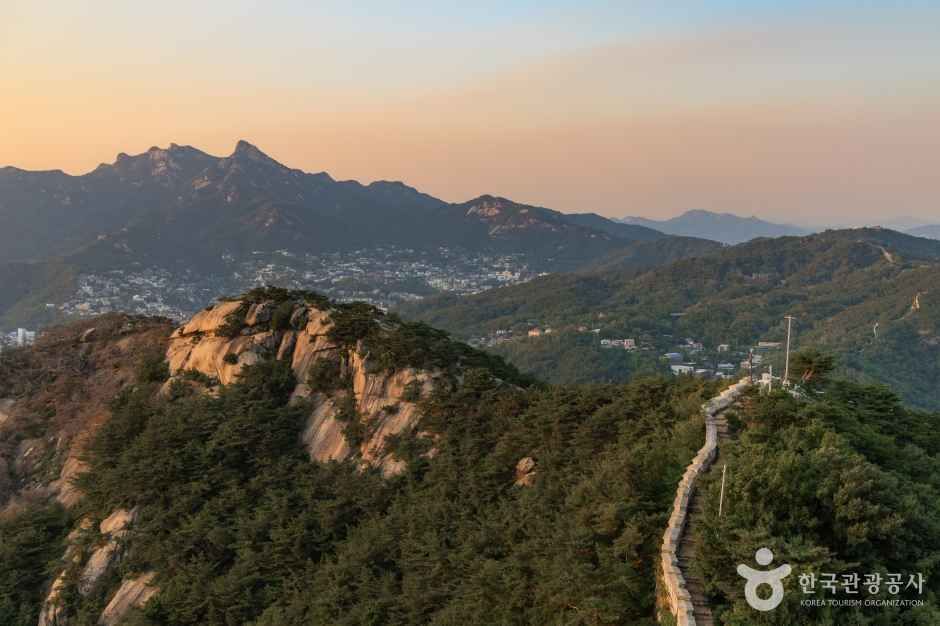
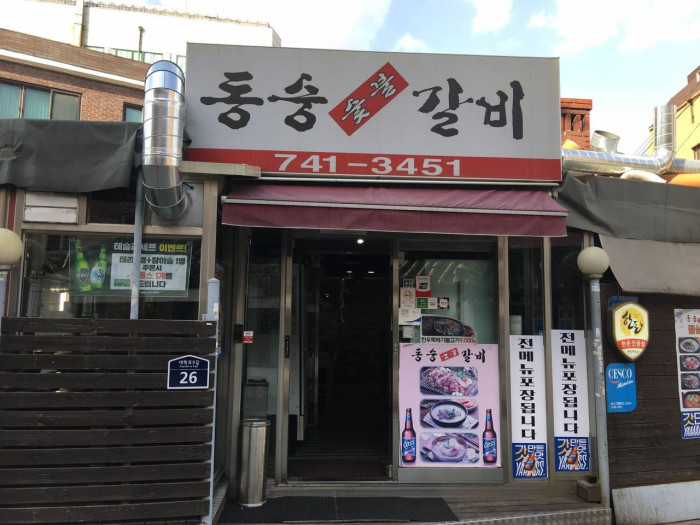
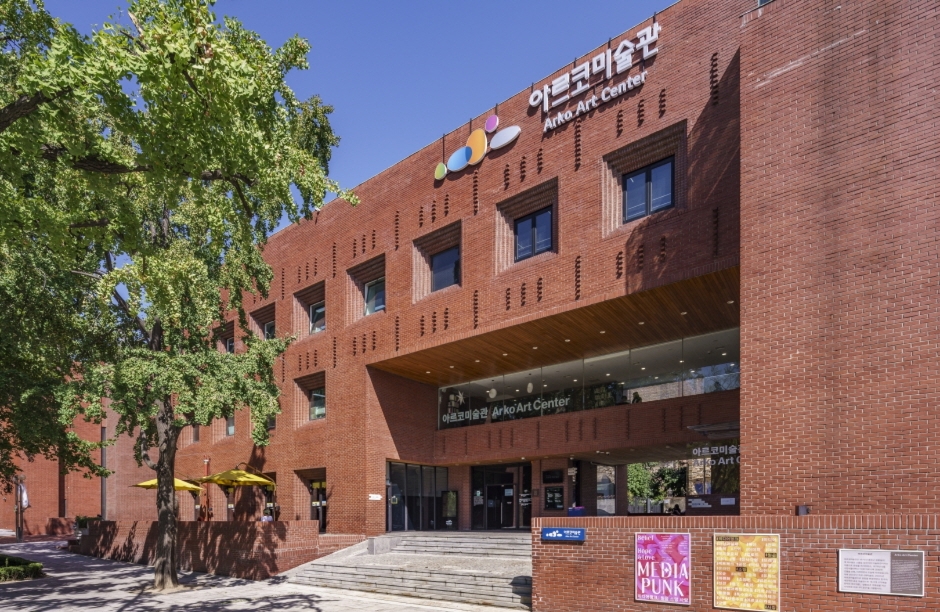
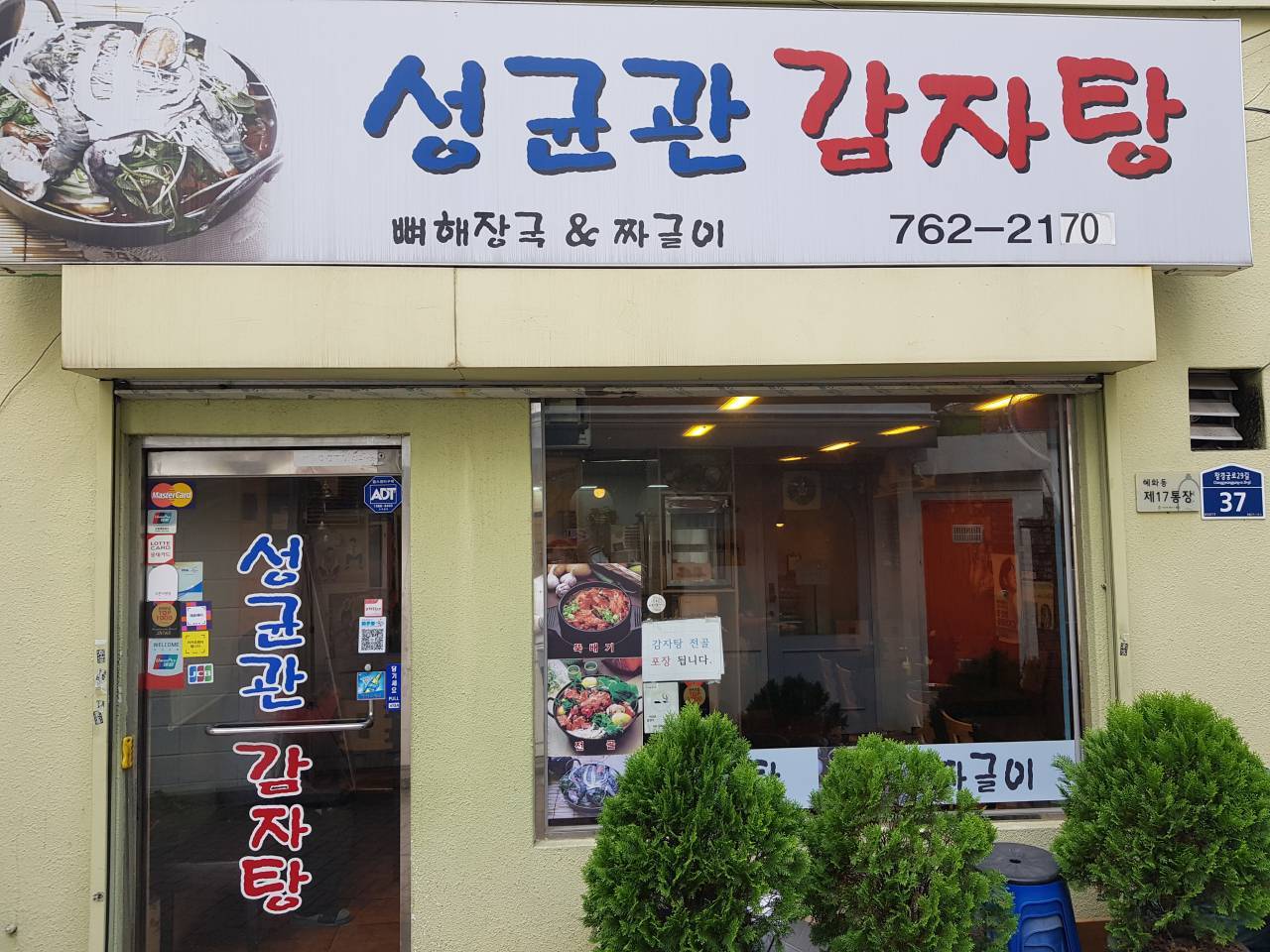
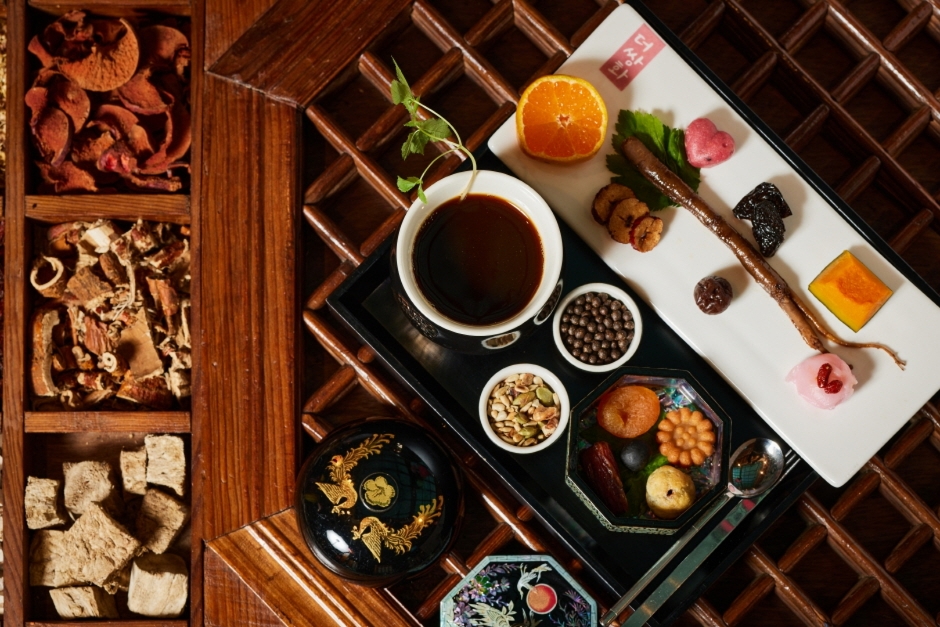

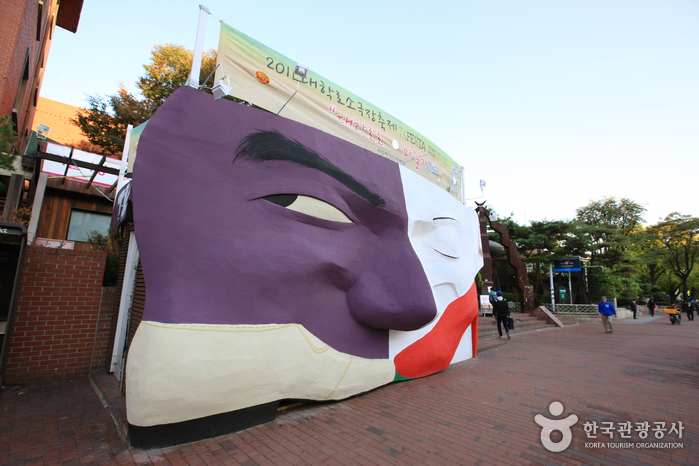
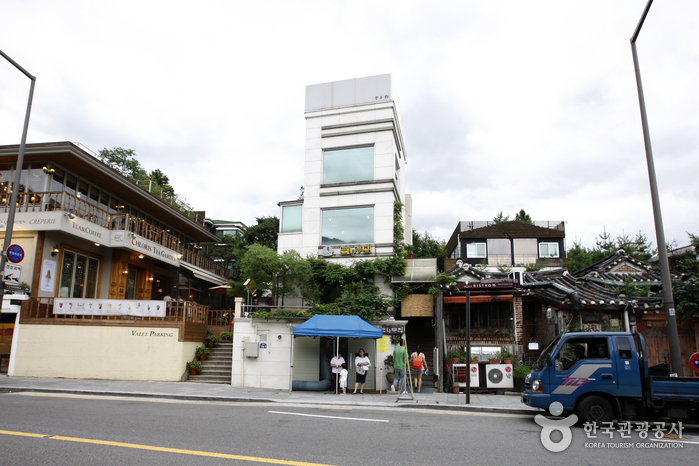

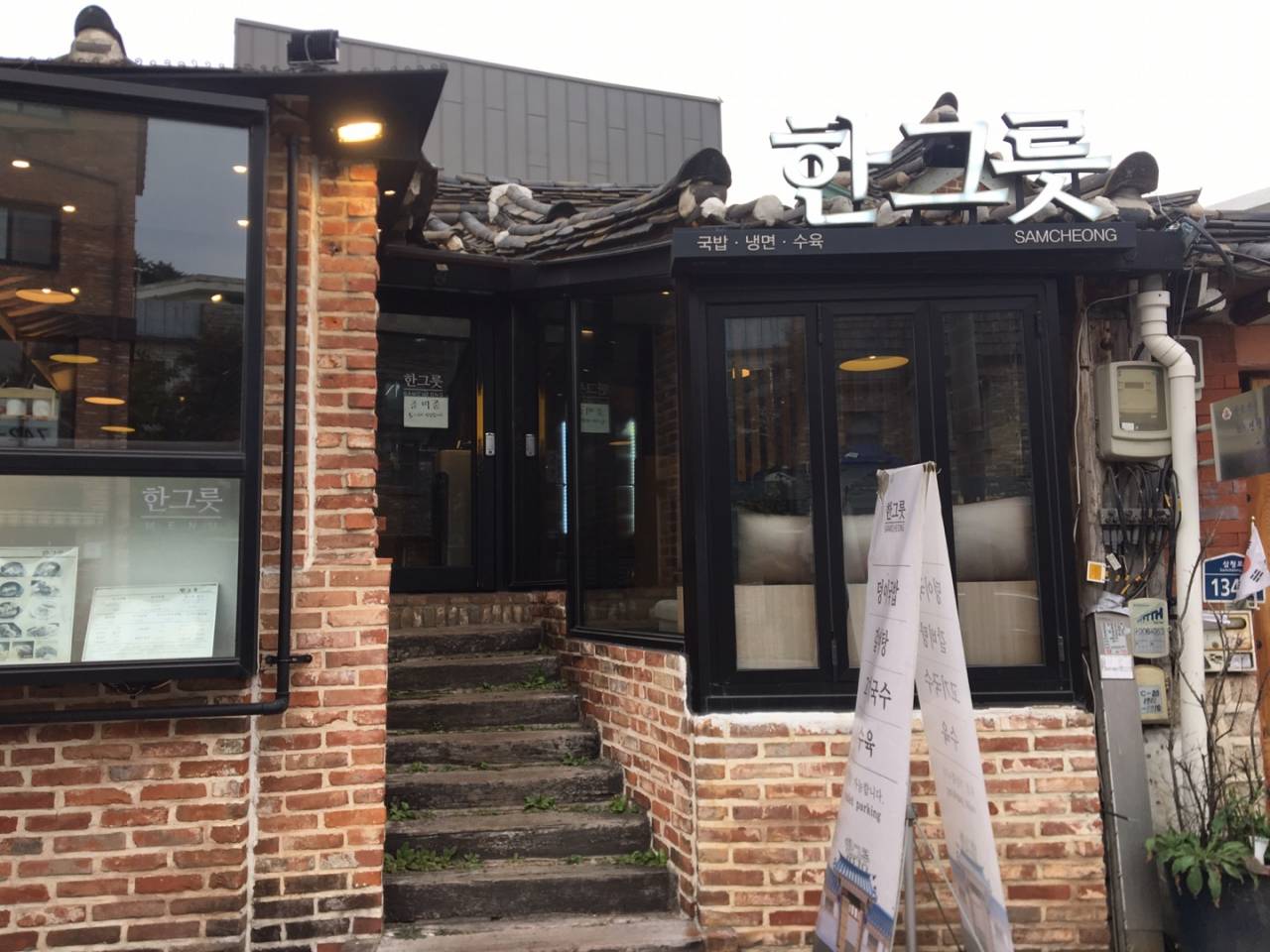
 Español
Español
 한국어
한국어 English
English 日本語
日本語 中文(简体)
中文(简体) Deutsch
Deutsch Français
Français Русский
Русский